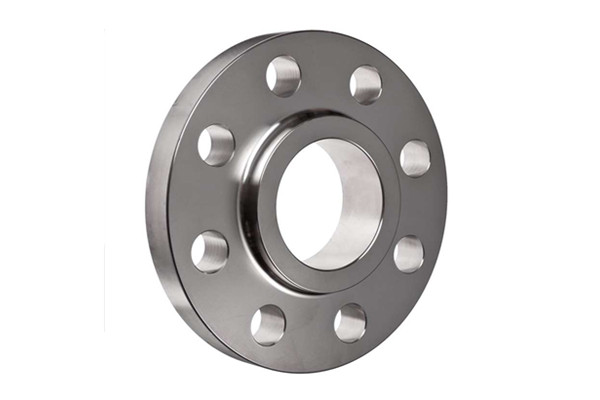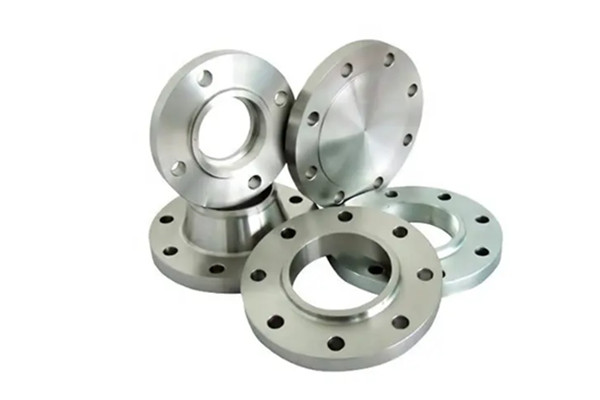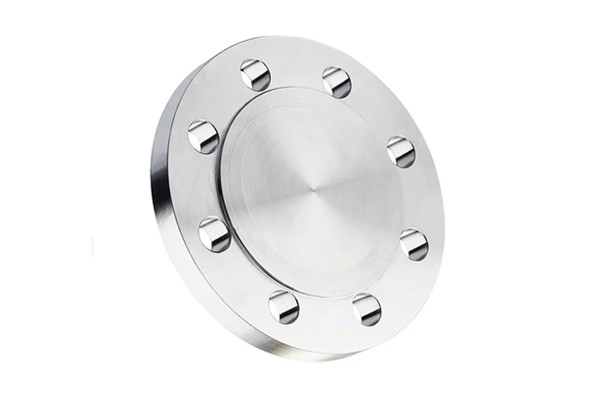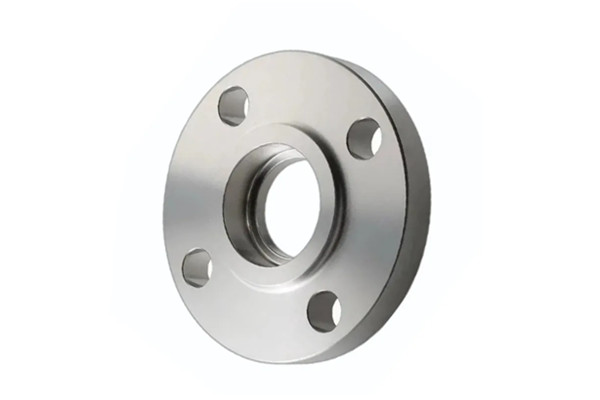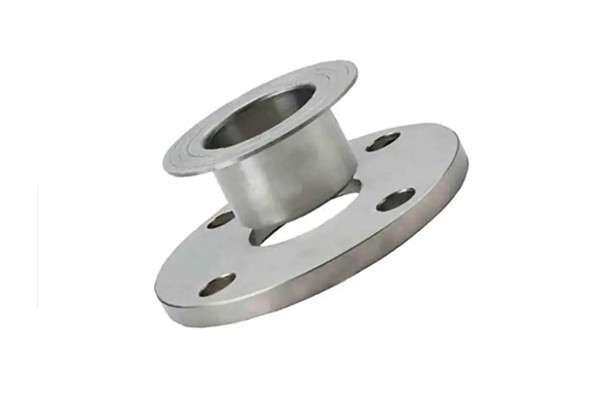INTRODUCE :
Slip-On Flanges are designed to slide over the outside diameter of the pipe. They are welded on both the inside and outside of the flange face to prevent leaks. Although thinner than most other flanges, slip-on flanges are strong, reliable, and economical, and are often used in systems that require frequent cleaning or inspection. Used in conjunction with ring gaskets, they increase the pressure-bearing capacity of the joint.
Kingrail Parts offers raised face slip-on flanges in carbon steel and stainless steel to EN 1092-1/12 and ANSI/ASME B16.5 standards.
Standards: ASTM A105, ASTM A182
Material: Carbon Steel, Alloy Steel, Stainless Steel
Sizes: 1/2'' to 24'', customizable to 60''
Pressure Ratings: Class 150 to Class 2500
Face Types: RF, RTJ
SPECIFICATIONS :
Slip-On Flange Welding Types
Slip-On Flanges (SO) can be divided into two types: SO welded plate flanges and SO welded necked steel pipe flanges. Its mechanical properties are between the integral flange and the loose flange. The slip-on flange is simple in design and easy in manufacturing process, making it a popular choice for various fluid pipelines.
Depending on the face type, there are also raised face type and ring joint face type to choose from.
Raised face sliding flange
There is a small protrusion on the bottom surface of the raised face sliding flange. This raised area is used to accommodate the gasket during installation, thereby enhancing the sealing performance.
As the pressure level increases, the height of the raised surface also increases.
RTJ Slip on Flange
A small groove is machined on the convex part. This form is called RTJ type. The function of this groove is to place the gasket and is also used for sealing. Compared with the RF type, RTJ is designed for high-pressure use.
Slip-on flanges use sliding welding to connect equipment, so the following names describe the same flange:
1. Slip-on welding flange
2. Slip-on flange welding
3. Welding sliding on flange
4. Slip-on flange welding
5. SO flange
Reference standards and grades
ASTM A105 is applicable to carbon steel sliding pipe flanges. ASTM
A182 for alloy and stainless steel slip-on flanges. (Alloy for F11, F22, stainless steel for F304/F304L, F316/F316L)
ASME B16.5 for pipe flanges and flange fittings. BS
3293
DIN 86029
Dimensions and pressure ratings
Common OD: 1/2'', 2'', 3'', 4'', 6'', 8'', 10'', 12'' to 24".
Special OD: up to 60".
Grade range: Class 150, Class 300, Class 400, Class 600, Class 900, Class 1500, Class 2500 (# or LB). PN 2.5 to PN 250.
Flange face type: RF (raised face), RTJ (ring joint)
Manufacturing type
Slip-on flanges are produced by a variety of methods, including forging, steel cutting and casting. Among these manufacturing processes, forged flanges are of the highest quality and are the most widely used, but they are also more expensive than other types of flanges. Therefore, before purchasing a slip-on flange, it is important to understand its specific working environment.
Advantages of slip-on flanges
1. Reduce installation costs
2. Easier to align with other components during installation
3. Better leakage prevention
4. Flange inside and outside welding
5. Reduce the accurate time of pipe cutting
6. Since the pipe slides on the flange, it is compatible with the lower hub on the slip-on flange
Get more help
Please contact us for more information and quotes.
